Antique Gold Jewellery: A Timeless Beauty
In the world of fashion and accessories, antique gold jewellery holds a special place. With its exquisite craftsmanship, timeless appeal, and rich cultural heritage, antique gold jewellery has captivated the hearts of people for centuries. In this article, we will explore the allure and significance of antique gold jewellery, its historical roots, popular styles, and tips for caring for these precious pieces.
1. Introduction
Antique gold jewellery represents the artistry and craftsmanship of bygone eras. It is a testament to the skill and creativity of the artisans who created these intricate pieces of wearable art. Each antique gold jewellery item carries a unique story, making it more than just an accessory.
2. Historical Significance of Antique Gold Jewellery
Antique gold jewellery has been cherished throughout history. It holds cultural and symbolic value in various civilizations, reflecting the social status, traditions, and beliefs of different periods. From ancient Egyptian civilizations to Renaissance Europe, gold jewellery has adorned both men and women, signifying power, wealth, and prestige.
3. Styles and Designs
Antique gold jewellery encompasses a wide range of styles and designs, each with its own distinct characteristics. Let’s explore some notable periods and their associated jewellery styles:
3.1. Victorian Era 

During the Victorian era, from 1837 to 1901, sentimental and romantic designs were popular. Lockets, brooches, and cameos featuring intricate filigree work and embellishments were favored. The use of gemstones such as garnets, amethysts, and pearls added colour and elegance to the pieces.
3.2. Art Nouveau
Art Nouveau, an artistic movement from the late 19th century to the early 20th century, inspired unique and nature-inspired designs in jewellery. Delicate, flowing lines, floral motifs, and enamelling techniques were prominent. Popular gemstones during this period included opals, moonstones, and
aquamarines.
3.3. Edwardian Era

The Edwardian era, spanning from 1901 to 1910, was characterized by delicate and intricate designs. Platinum became popular during this time, often combined with diamonds and pearls. Edwardian jewellery featured lace-like filigree work, milgrain detailing, and bow and ribbon motifs.
3.4. Art Deco

The Art Deco movement, flourishing in the 1920s and 1930s, embraced bold geometric shapes and symmetrical patterns. Clean lines, vibrant colours, and a combination of gemstones and precious metals defined this style. Popular gemstones included emeralds, rubies, and sapphires.
3.5. Retro Period

The Retro period, from the 1940s to the 1950s, saw a return to more traditional and glamorous designs. Large gemstones, such as aquamarines, amethysts, and citrines, were paired with yellow gold. Bold and chunky designs, including cocktail rings and statement necklaces, were in vogue during this period.
3.6. South Antique Jewellery

South Antique Jewellery is a renowned brand known for its exquisite collection of vintage and traditional jewellery pieces. With a focus on preserving the cultural heritage of South India, their jewellery reflects the rich craftsmanship and intricate designs of the region. From intricately carved gold necklaces to ornate temple jewellery, South Antique Jewellery offers a timeless and elegant selection that captures the essence of traditional Indian aesthetics.
4. Symbolism and Cultural Importance
Antique gold jewellery carries deep symbolism and cultural significance. It often represents love, commitment, and family heritage. In many cultures, gold jewellery is passed down through generations as a cherished heirloom, connecting individuals to their ancestors and preserving traditions.
5. Tips for Buying Antique Gold Jewellery
When buying antique gold jewellery, it’s important to consider a few factors to ensure you make an informed decision:
- Research: Familiarize yourself with different styles and periods to identify the type of antique jewellery that appeals to you.
- Authenticity: Look for reputable sellers who provide certificates of authenticity and guarantee the quality of their pieces.
- Condition: Examine the jewellery for any signs of damage or repairs. Some wear and patina are expected in antique pieces, but major flaws should be taken into account.
- Hallmarks: Check for hallmarks or stamps that indicate the purity of the gold and the origin of the piece.
- Price: Antique gold jewellery can vary significantly in price. Consider factors such as rarity, condition, and historical significance when determining the value of a piece.
6. Caring for Antique Gold Jewellery
To preserve the beauty and longevity of your antique gold jewellery, follow these care tips:
- Cleaning: Use a soft brush or cloth to gently clean your jewellery. Avoid harsh chemicals that can damage metal or gemstones.
- Storage: Store each piece separately in a fabric-lined jewellery box to prevent scratches and tangles. Keep them away from direct sunlight and extreme temperature changes.
- Maintenance: Regularly check your antique jewellery for loose stones or any signs of damage. Seek professional restoration if needed.
7. Investing in Antique Gold Jewellery
Antique gold jewellery can be an excellent investment, as it often appreciates over time. However, it’s crucial to research and seek expert advice before making investment decisions. Consider factors such as rarity, condition, historical significance, and market demand.
8. Wearing Antique Gold Jewellery in Modern Times
Despite its vintage nature, antique gold jewellery can be effortlessly incorporated into modern fashion. Pair a delicate Victorian pendant with a contemporary outfit for a unique and eclectic look. Mix and match different eras to create a personalized style statement that showcases your love for vintage beauty.
9. Conclusion
Antique gold jewellery transcends time and trends. Its exquisite craftsmanship, historical significance, and cultural symbolism make it a treasure worth cherishing. Whether you are drawn to the romantic Victorian era or the bold Art Deco period, antique gold jewellery allows you to adorn yourself with a piece of history, adding a touch of elegance and sophistication to any ensemble.
YOU MAY ALSO LIKE :How to Carry Gold Jewellery in Flight
FAQs
Q1. How do I authenticate antique gold jewellery?
To authenticate antique gold jewellery, look for reputable sellers, check for hallmarks, and request certificates of authenticity.
Q2. Can I wear antique gold jewellery every day?
While antique gold jewellery is durable, it is advisable to wear it with care and avoid exposing it to harsh conditions, as it may be more delicate than modern pieces.
Q3. Are all antique gold jewellery pieces expensive?
The price of antique gold jewellery varies depending on factors such as rarity, condition, and historical significance. Some pieces may be more affordable than others.
Q4. Can I resize antique gold rings?
Resizing antique gold rings can be challenging, as it may affect the integrity and value of the piece. Consult with a reputable jeweller who specializes in antique jewellery for advice.
Q5. How can I determine the value of antique gold jewellery?
Determining the value of antique gold jewellery involves considering factors such as the rarity, condition, historical significance, and market demand of the piece. Seeking the expertise of reputable appraisers or antique jewellery specialists can provide a more accurate valuation.
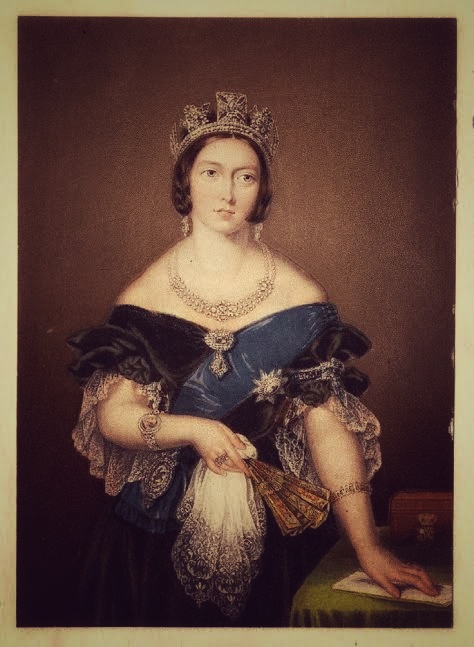
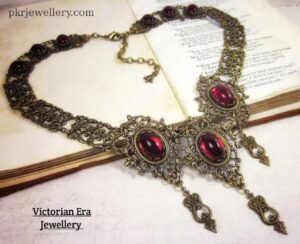
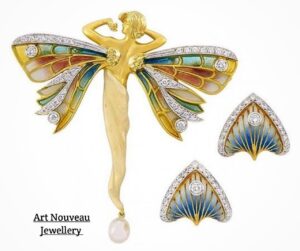

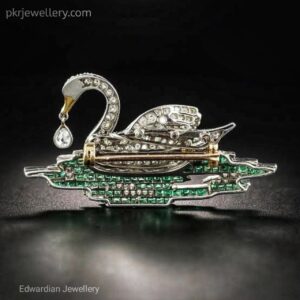
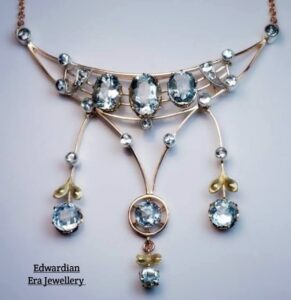
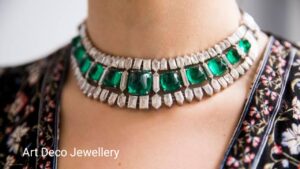

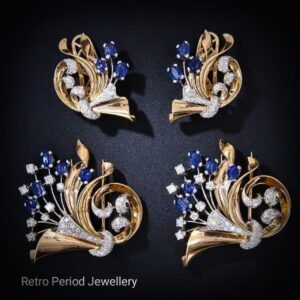
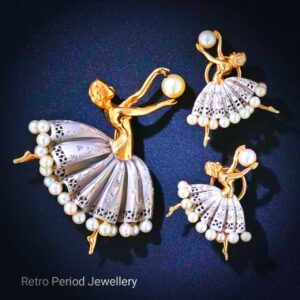
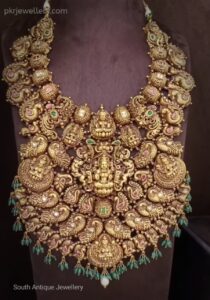
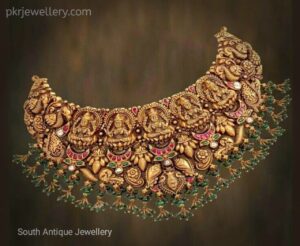
1 thought on “Antique Gold Jewellery”